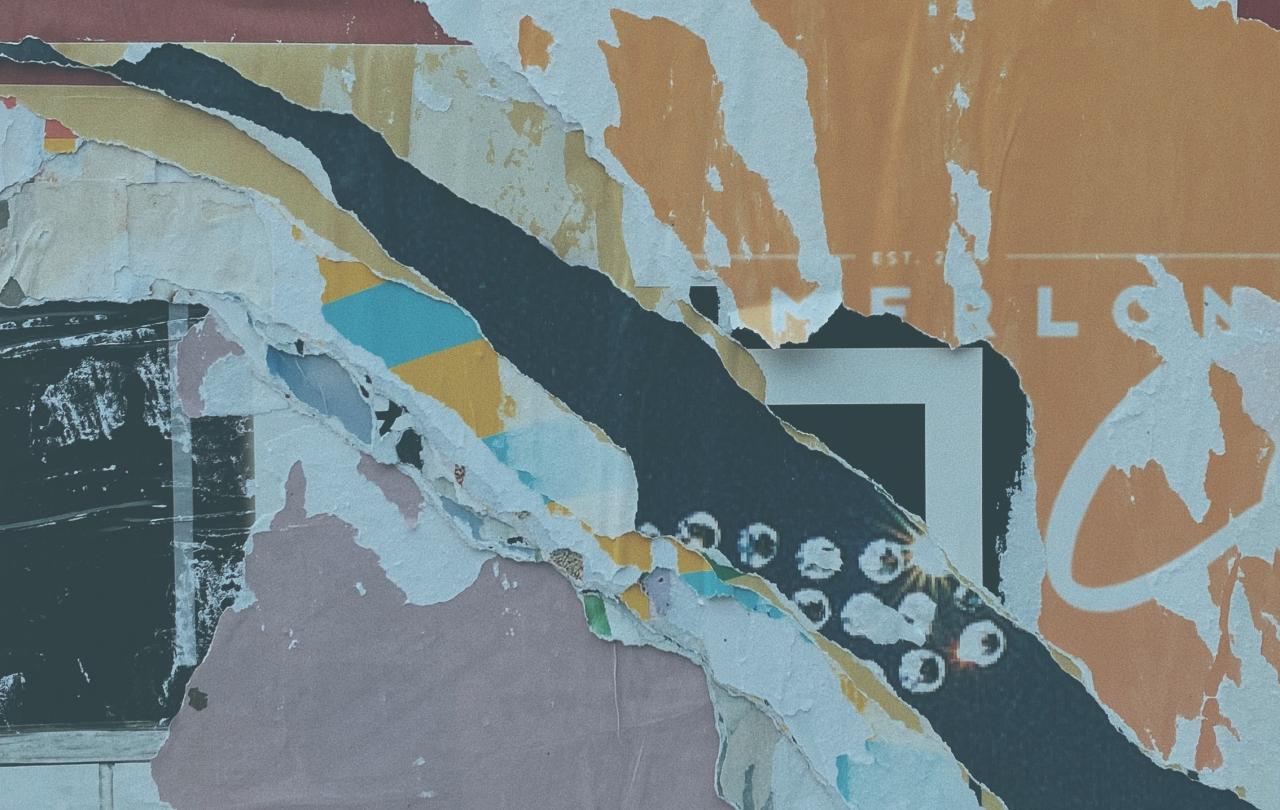
You cannot ignore cancel culture today. In her 2022 BBC Reith Lecture, the writer Chiamanda Ngoni Adichie called it “social censure”. Even beyond universities and other public forums, many of us worry about the effects of cancel culture in everyday social settings. Saying the wrong thing, or trying to respond well when someone else does, can quickly lead to awkward family gatherings, strained meetings, and broken friendships, or awaken the ever-present social media trolls. In a post-pandemic moment, when people are already struggling to re-establish healthy human interactions, cancel culture can make social engagement seem even more challenging. How can we navigate this moment well?
Behind the fraught discussions and growing angst around cancel culture, we can perhaps detect something well worth preserving: compassion. Some of the most heated controversies today involve language concerning people who have been historically disadvantaged. Genuine compassion motivates many who want society to speak more kindly, with more understanding, in order to avoid perpetuating harm to people who have already suffered. People who have been hurt deserve to be acknowledged, and that means taking their pain seriously. This compassion is an important and noble instinct. Many faith traditions call us to honor the vulnerable and pursue justice.
'Silence out of fear of ending a relationship itself ends the relationship.'
At the same time, resistance to cancel culture also includes an element of compassion. Within the voices expressing concern about cancel culture can often be heard a humble awareness that we all are prone to say the wrong thing at times. We cannot hope to learn or grow without honest risk and mutual, human grace. A brief period of silence to let emotions cool can be helpful; ending a relationship permanently seems less helpful. It might seem easier to say nothing than to risk offence, but silence out of fear of ending a relationship itself ends the relationship. Seeking to continue a difficult but important conversation can also be an important and noble instinct. Many faith traditions also encourage humble self-assessment and generous engagement with others. As the Bible records Jesus saying, “Let the one among you who is without sin cast the first stone.” None of us is wholly above reproach, and we all need a bit of compassionate grace.
So how do we balance these conflicting calls of justice and grace?
This conflict might seem peculiarly modern, but in the story we re-tell every Christmas, we see a young man named Joseph wondering how to balance justice with gracious concern for someone who had deeply disappointed him. Joseph is engaged to Mary, but she has been found to be pregnant. Joseph is sure the baby isn’t his. In their culture, a woman who was pregnant outside of marriage brought shame to her fiancé, her family, and the whole community. Matthew’s gospel tells us that Joseph was “a righteous man,” which means that he appreciated the demands of justice. Ignoring her situation meant ignoring the pain they all felt, papering over a grave offense which they wanted no part of. At the same time, though, the text also tells us that Joseph was “unwilling to put her to shame.” Like many people today, Joseph wanted to leave Mary some way to move forward with her life, but their culture did not provide people much opportunity to learn from tragic mistakes. Sometimes, it can feel as if ours doesn’t, either. If you’re familiar with the story, you already know how it ends, but it’s important not to skip too quickly past Joseph’s dilemma. It feels strangely modern, Joseph’s desire for justice coupled with his equally strong desire not to see someone condemned because of a single mistake.
'Courageous compassion creates much needed opportunities to heal, learn, and grow.'
Thankfully, the story also describes a way forward from Joseph’s dilemma: the baby in Mary’s womb, Jesus. In Jesus, we see the depth of God’s compassion for all who suffer. Jesus never ignored the painful consequences evil can create. Indeed, he allowed himself to experience the absolute worst of humanity. As an adult, Jesus was thrown out of his home village and religious community. According to the gospels, he endured one of the most unjust trials ever recorded. Jesus was tortured, beaten, and sentenced to a cruel death. When we suffer injustice, we are not experiencing something alien to Jesus, and therefore, alien to God.
But there is another side to Jesus’ suffering that is equally important: Jesus also demonstrates profound compassion for people have made terrible mistakes. Jesus never mis-stepped or said a single cruel word, but he allowed himself to experience the full shame and isolation of being cast out of society. Crucifixion was the ultimate censure, being publicly put to death outside of the walls of the city. Yet even in this moment, Jesus demonstrated compassion for people who had harmed him. While on the cross, he forgave those who put him there. Jesus offered forgiveness to the man dying on the next cross to his own, who by his own admission deserved his fate. In contrast to aspects of cancel culture, Jesus’ actions at that moment of extreme injustice tell us that human redemption is always possible. Jesus created a compassionate way forward from guilt and shame. Whatever our situation, we can find life-giving grace and healing in Christ.
Compassion isn’t easy. It cost Jesus dearly, and at times it will cost us, too. Courageous compassion creates much needed opportunities to heal, learn, and grow. When we suffer and when we err, cruelty and failure do not get the last word. As it says in the last few pages of the Bible, Jesus is making all things new. Cancel culture ends conversations and damages relationships, but a better balance between the righteous demands of justice and the need for redemptive grace remains possible.





